Farm Management
All Farm Management Content
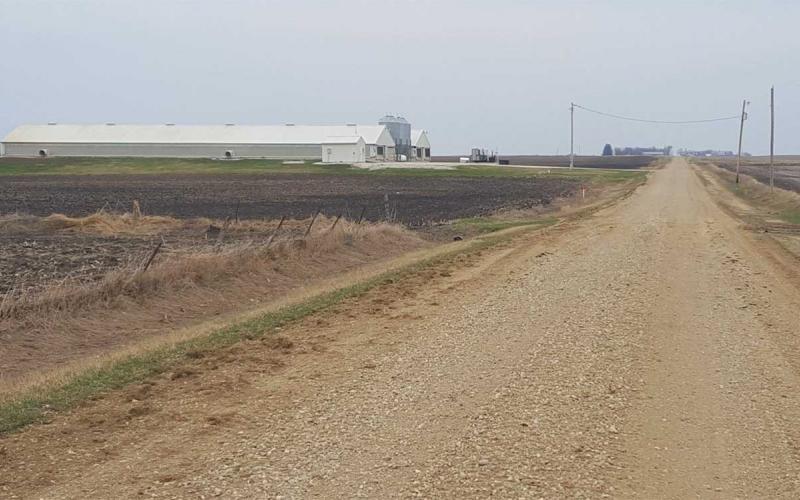
Air Infiltration in Swine Barns
Air infiltration in large, confined swine operations has been an on-going problem for producers for many years. Regardless of technological advancements in building design and construction, unwanted air penetration continues to be a consistent problem.
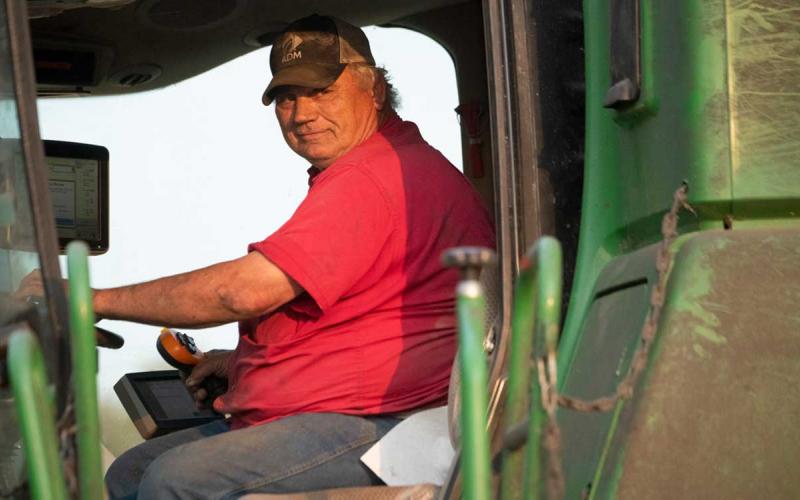
Calibrate Your Combine Yield Monitors!
The equipment associated with precision farming is a considerable investment and is a great tool for gaining knowledge about your farming operation. The yield monitor is often overlooked as the critical piece of equipment when the crops are ready for harvest.
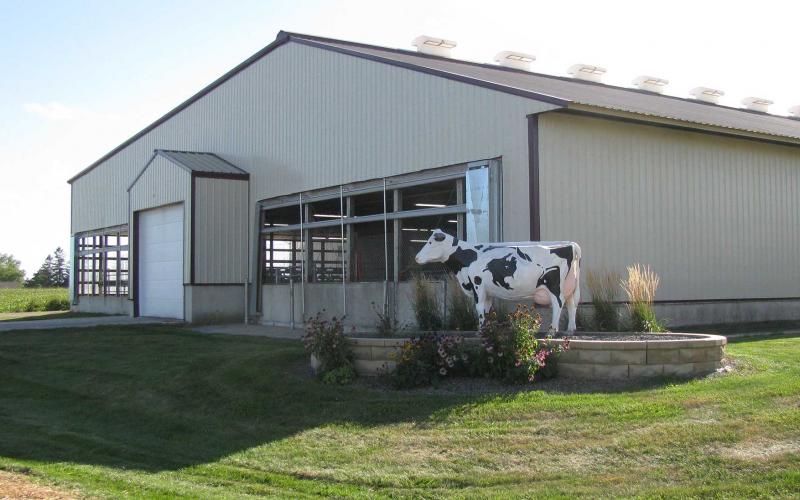
South Dakota Odor Footprint Tool
Two-part fact sheets explaining the South Dakota Odor Footprint Tool. Part I: Principles and Tools and Part II: Examples.
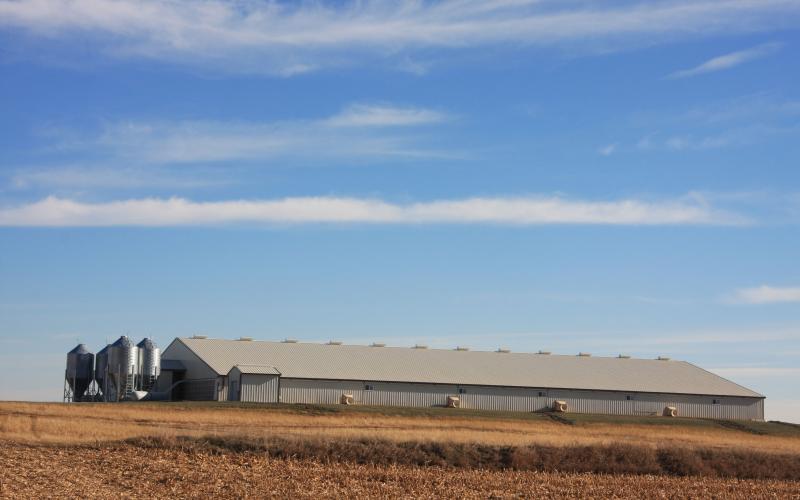
Optical Dust Meters May Misestimate Dust Concentrations in Animal Barns
Fact sheet aiming to address the measurement bias issue associated with optical dust meters.
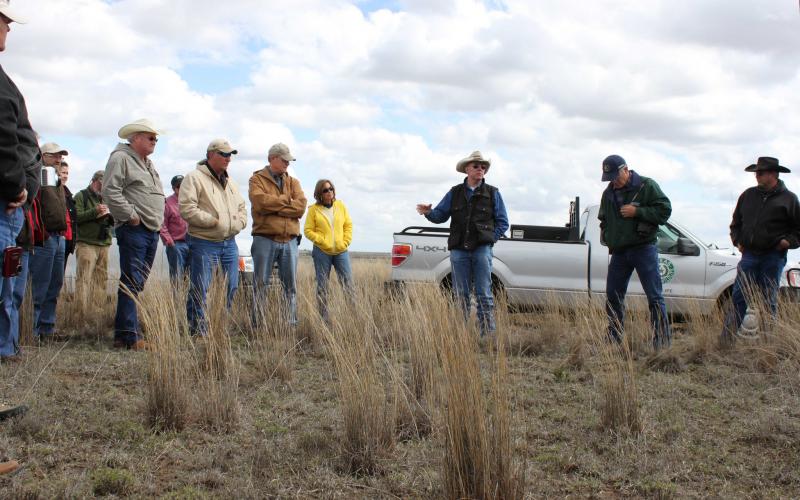
Strategic and Scenario Planning in Ranching: Managing Risk in Dynamic Times
A changing marketplace, price volatility, labor availability, record high feeder calf prices, the effects of the ethanol industry: How will your ranch operation adapt?
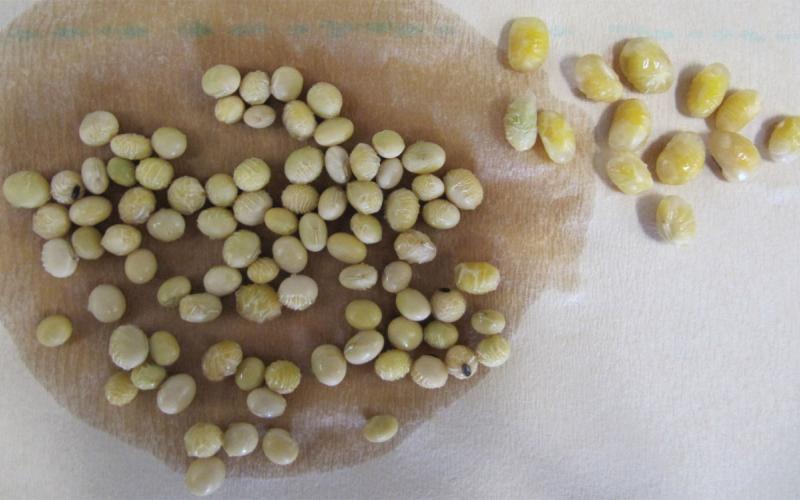
The Clorox® Soak Test
This test is used in the field to determine the percentage of soybean (Glycine max) seed damage due to combining or threshing. It is also adaptable to use in the laboratory. The test can be used for beans (Phaseolus vulgaris) and other large dicotyledonous seeds which may be injured in combining, threshing, or seed cleaning.
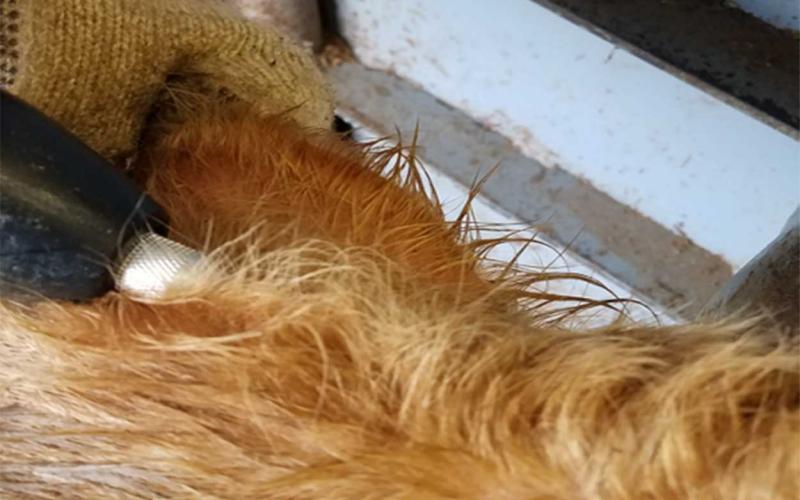
Questions and Misconceptions Surrounding Implants
Growth promoting implants are among the most widely used technologies in the beef industry. The first implant received FDA approval in 1954, yet in spite of a long history, there are still myths and misconceptions surrounding their use.
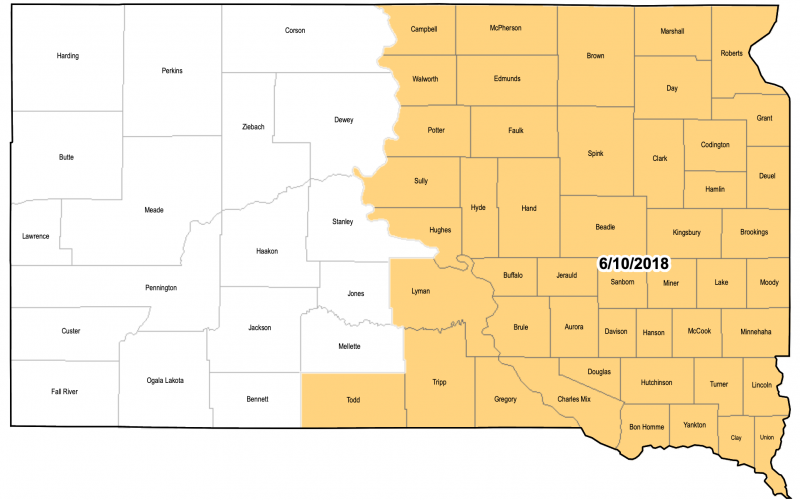
Multi-Peril Crop Insurance: Delayed and Prevent Plant Choices
Crop insurance late plant dates are fast approaching for planting crops in South Dakota. The weather and soil conditions this spring will likely lead to some prevent plant situations for farm producers.
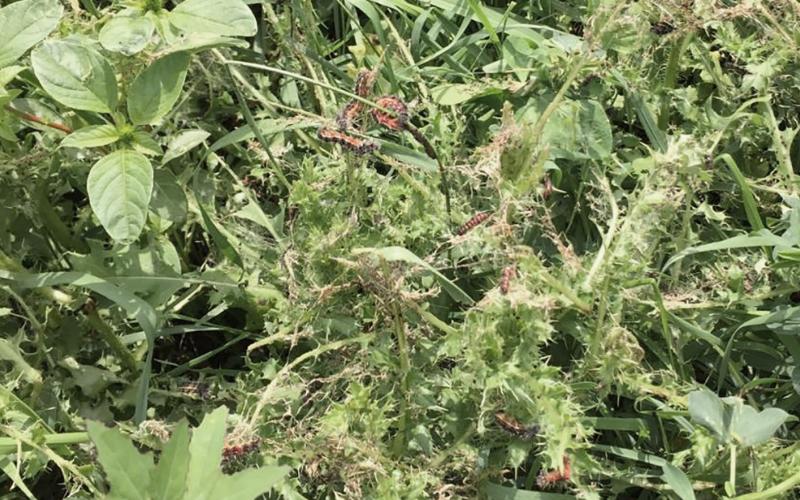
Thistle Caterpillars Showing Up on Canada Thistle
This week we received reports of caterpillars feeding on Canada thistle. After taking a look at the caterpillars, we determined that they are thistle caterpillars. However, we typically don’t see thistle caterpillar activity in S.D. until July or August. So why are they showing up so early this year?
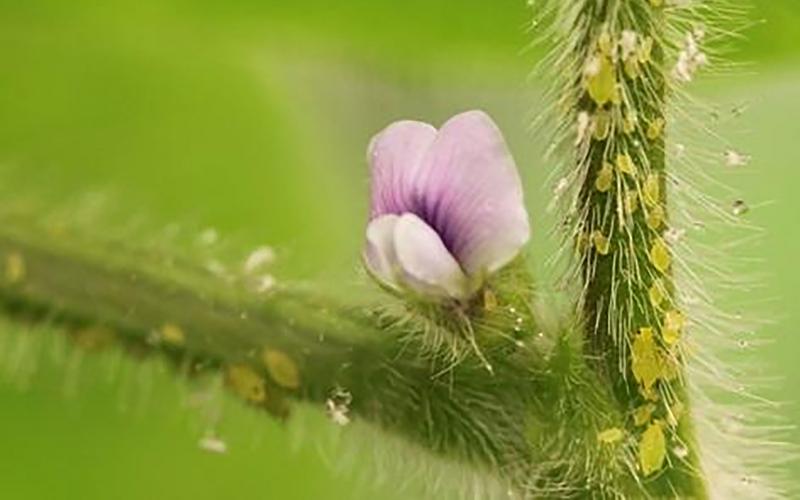
Small Populations of Soybean Aphids Observed in South Dakota
While scouting fields last week, we observed small populations of soybean aphids near Volga, South Dakota. Although no sustained populations were observed, it is a good reminder that soybean aphid scouting should occur throughout the growing season to prevent population outbreaks.